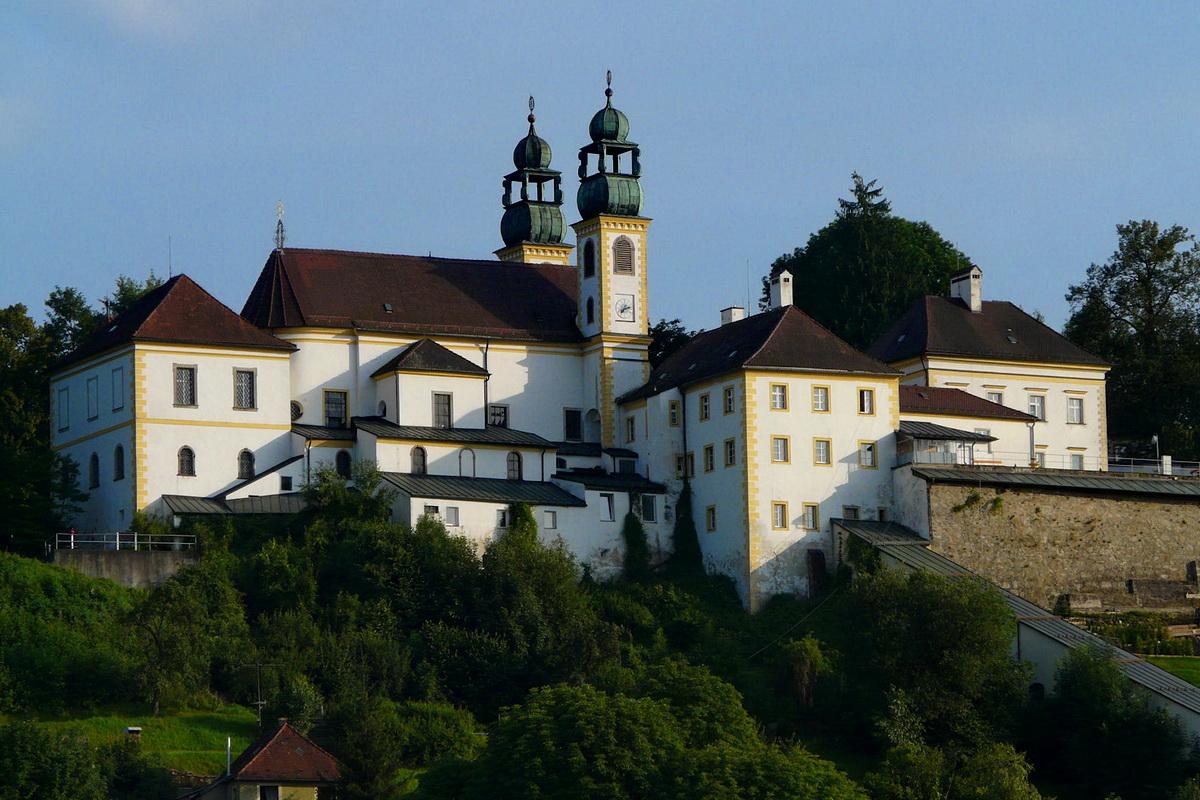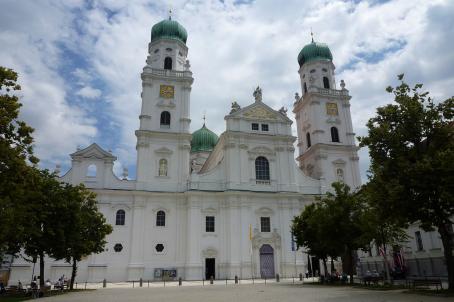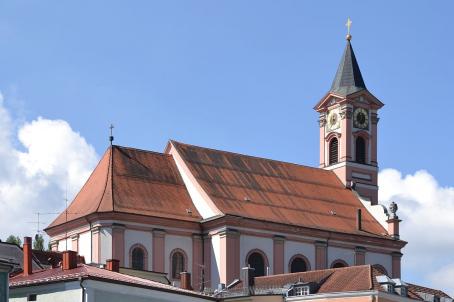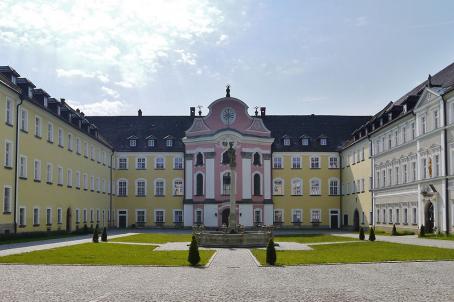Mariahilf Church
The pilgrimage church Mariahilf in Passau was built in 1624-1627 and houses a painting of the Virgin Mary, made in 1620 by the artist Pius of Passau. When Vienna was besieged by the Turks in 1683, Leopold I fled to Passau. The imperial couple prayed daily for victory over the Turks in front of the painting. After the Turkish defeat in Vienna, the Mariahilf of Passau became an icon of the Habsburg monarchy.






